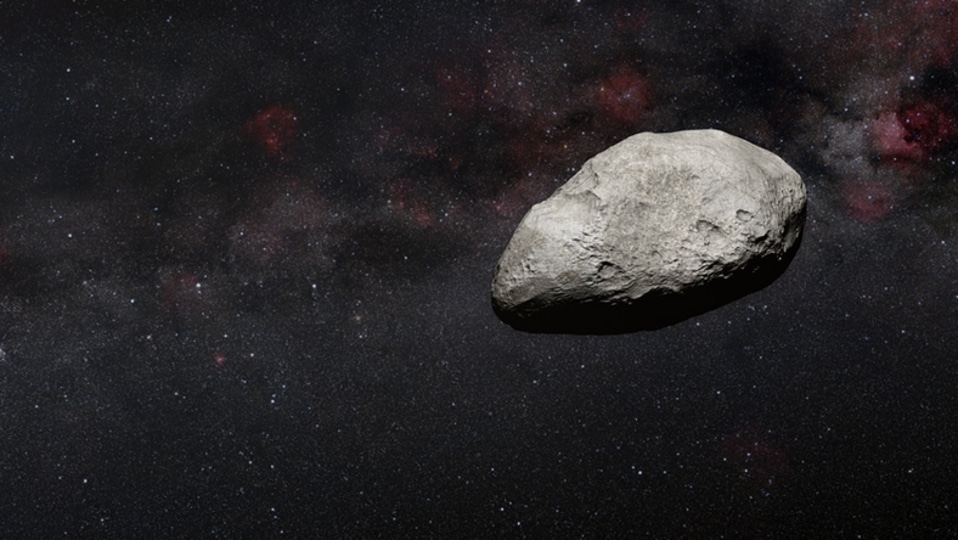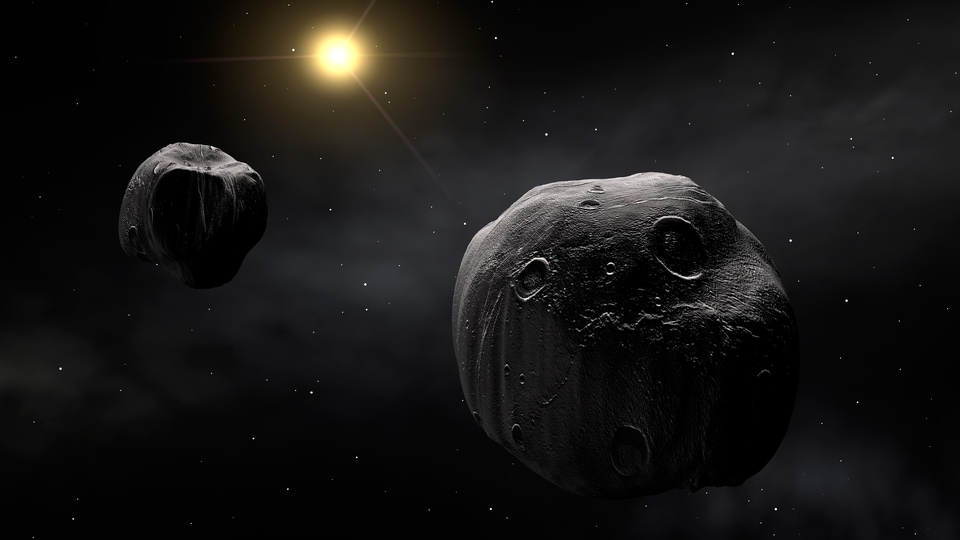Asteroid dashing towards Earth! NASA warns of 89-foot space rock
An 89-foot asteroid could make its closest approach to Earth as soon as today. Know its speed, trajectory, distance of approach and more, as per NASA.






 View all Images
View all ImagesThe largest asteroid in the solar system, Ceres, is 939 kilometers wide. And strangely, we don't even require such humongous asteroids to extinguish life on the Earth and destroy the planet. To extinguish life completely on Earth, an asteroid would have to be approximately 96 km wide, though smaller asteroids also have the potential to cause damage up to a great extent. Although nearly not as big, NASA has warned that an 89-foot asteroid is all set to buzz Earth today, and it could cause localized damage if it impacts.
Here's what NASA says about this oncoming asteroid.
Asteroid 2023 CJ1
Space agencies around the world, including NASA are on alert as a gigantic 89 feet wide is expected to pass by Earth today. NASA has warned that this space rock, named Asteroid 2023 CJ1, will make its closest approach to Earth today, February 13 at a distance of 4.8 million kilometers.
Although the distance might seem a lot, it is relatively a small number in astronomical distances, considering how big the asteroid is! It is already speeding towards our planet at a blistering 25755 kilometers per hour, which is nearly twice the speed of a hypersonic ballistic missile!
NASA tech used to study asteroids
NASA not only uses its space telescopes and observatories like the NEOWISE to observe and study distant asteroids, but also a variety of ground-based telescopes such as the Atacama Large Millimeter/submillimeter Array (ALMA) located in the Antofagasta Region of the Atacama Desert in Chile.
NASA also has a new impact monitoring system in place which uses an algorithm called Sentry-II to calculate the impact risk of Near-Earth Objects. NASA can track the orbital path of the asteroid using this infrared data and can even predict its orbit years into the future. As of now, nearly 28,000 near-Earth asteroids have been discovered using various tech instruments which track objects in the sky.
Catch all the Latest Tech News, Mobile News, Laptop News, Gaming news, Wearables News , How To News, also keep up with us on Whatsapp channel,Twitter, Facebook, Google News, and Instagram. For our latest videos, subscribe to our YouTube channel.




























